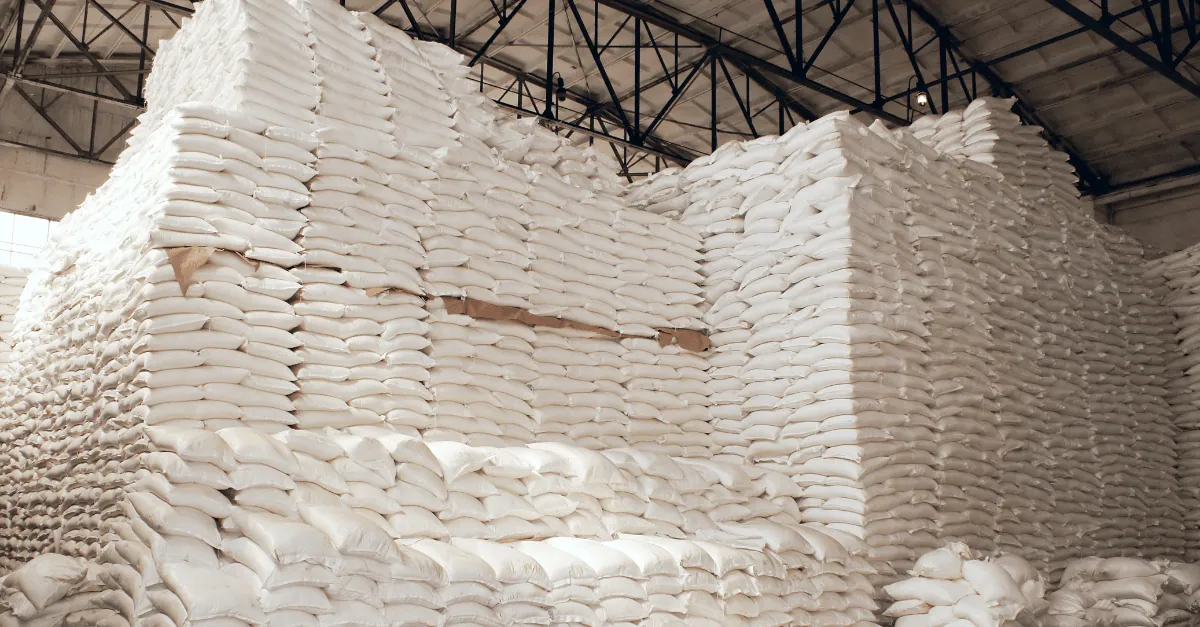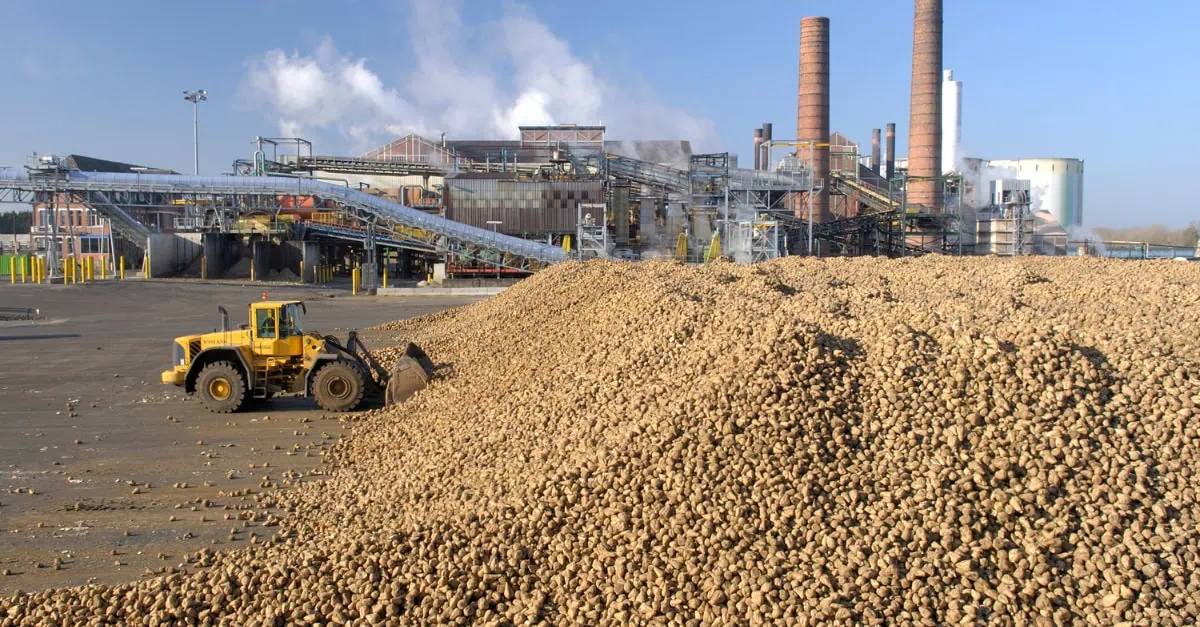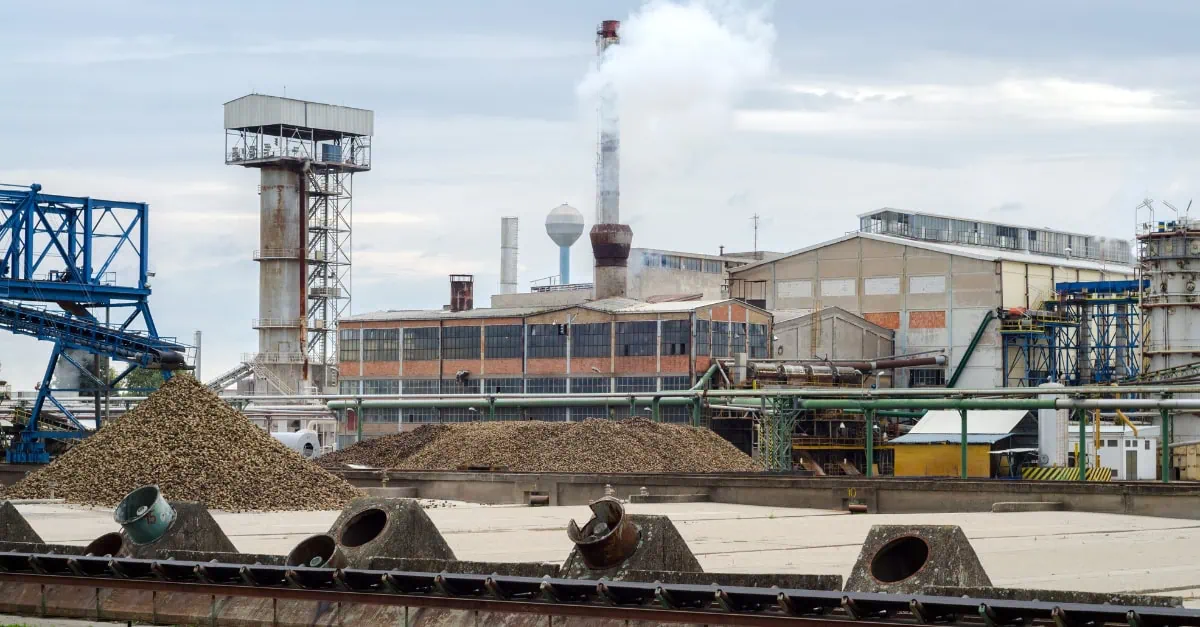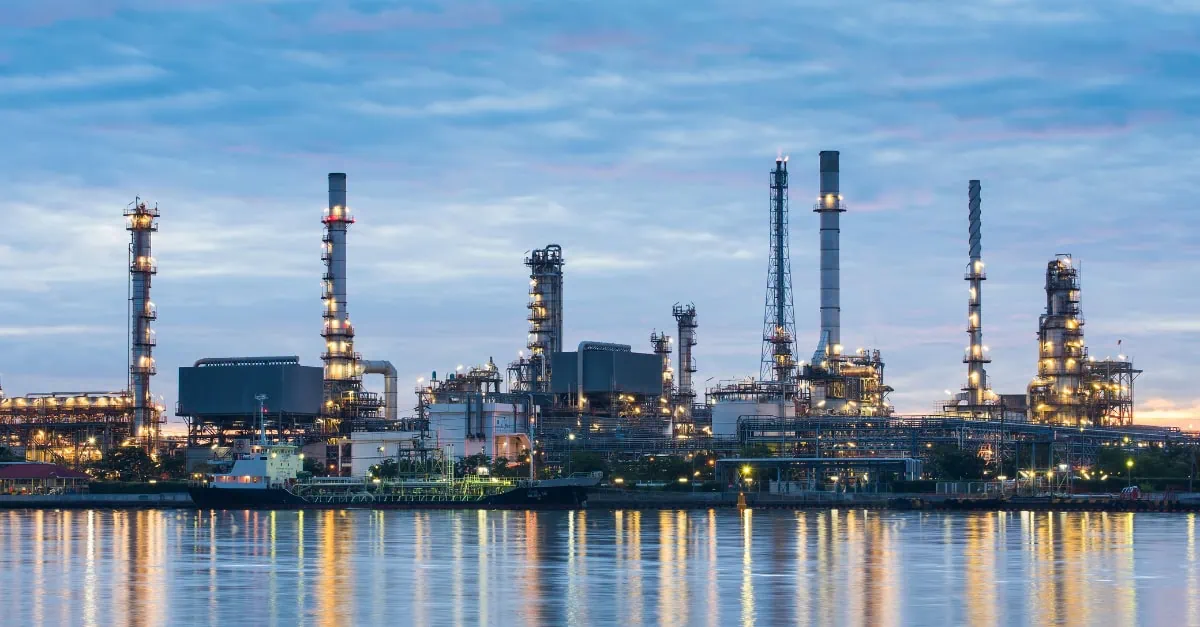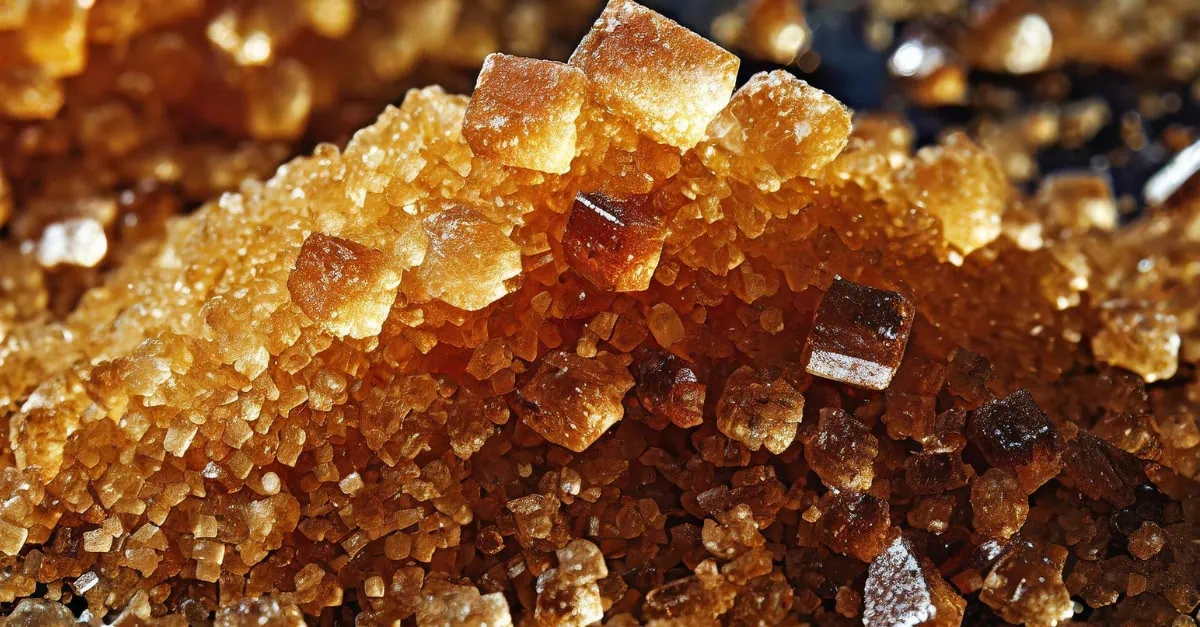The recent drought conditions and fires in Brazil’s Center-South region have prompted market consensus to lower sugar production estimates to around 39 million metric tons, down from previous projections of 40 MMT and a sharp decrease in comparison, to the 23/24 crop season production that exceeded 42 MMT. This reduction is contributing to a tighter supply scenario, with significant implications for both domestic and international markets. Over the last two weeks, Sugar No. 11 prices have surged by over 18%, while Sugar No. 5 has increased by 11%, driven by expectations of a larger deficit, particularly in the first quarter of 2025, see Figure 1.
Figure 1: Global Sugar Prices in USD/mt.
In addition to these challenges, crude oil WTI prices have risen over 2% in the past week, largely due to geopolitical tensions in Israel. While this increase can be beneficial for ethanol prices, it hasn’t significantly altered the market dynamics at this moment. UNICA’s first half of September report indicated that the sugar mix dropped to 47.86%, a decrease of 3.18 percentage points YoY. Consequently, sugar production was slightly lower at 3.124 MMT, a decrease of 0.08% YoY, while ethanol production increased to 2.435 million cubic meters, up 14.22% YoY.
However, this surge may prompt global sugar mills to divert more cane production toward ethanol, potentially exacerbating the current supply crunch for sugar. Consequently, the market is likely to remain highly reactive to any atypical weather patterns in the region over the upcoming months.
Overall, the outlook for sugar prices continues to be quite positive, particularly as New York seeks alternative sources of sugar to mitigate the decrease in availability from Brazil. This situation raises an important question: where might this additional supply originate?
Read more in our latest global sugar highlights, available for free on our platform.
